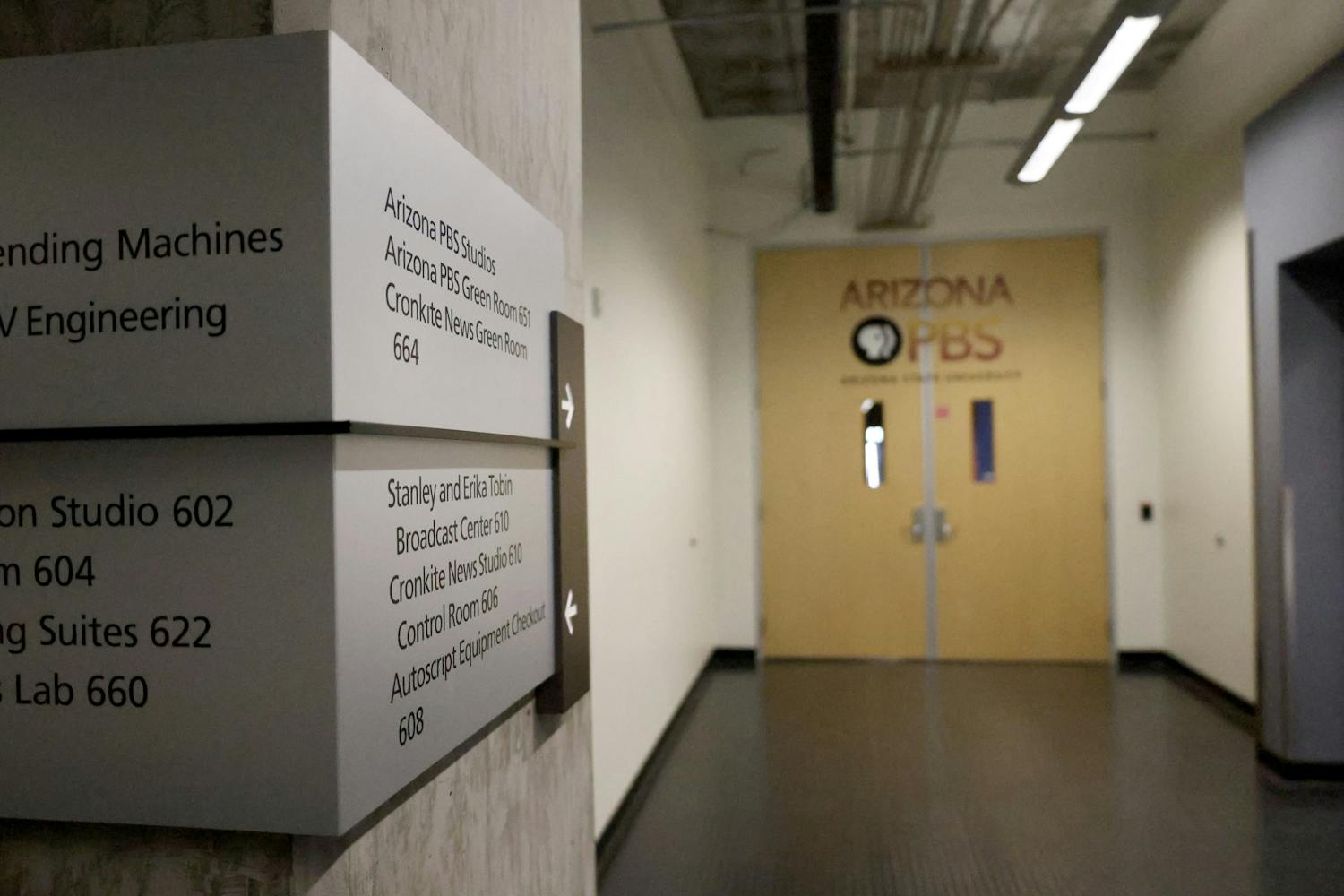A group of historians and ASU professors gathered Thursday evening in the Memorial Union on the Tempe campus to discuss the modern significance of geographical boundaries changing since the 16th century.
The colloquium and map exhibit, "Changing Boundaries," drew a lively crowd as a broad range of scholars listened to the historical presentation.
In particular, the evolution of the U.S.-Mexico border was a topic of discussion.
With a display of 98 percent original maps dating from 1597 to present times, the colloquium not only demonstrated the literal transformation of boundaries, but why and how they are constantly imposed.
Exhibit owner Simon Burrow taught the importance of viewing maps as something beyond a piece of paper directing where to go.
Most importantly, Burrow said, is that maps signify geographic relationships and changes. They are reflections of society’s evolution.
As he continued with the theme of immigration and the U.S.-Mexico border, Burrow said boundaries are still an issue despite their clarity.
“Borders happen oddly and that we fight about them later is odd,” Burrow said.
Daniel Arreola, a professor at the School of Geographical Sciences and Urban Planning, explained the randomness of boundary drawing by showing rivers as typical deciding factors.
“Maps are human constructions,” Arreola said.
Another issue when maps first played a role in navigation was miscommunication, Arreola said. The disconnect between text and picture leaves room for mistakes.
Malcolm Comeaux, professor at the School of Geographical Sciences and Urban Planning at ASU, discussed the initial desire for power in the mapping of the U.S.
“To control an area, you need settlers, and they need to be loyal to you,” Comeaux said.
Comeaux talked about the historical power struggle in the U.S. that is still prominent today. Neutral land, he said, almost always results in war.
A reoccurring theme in "Changing Borders" was not limited to the occurrence of borders, but also the need for their establishment and use.
Francisco Lara-Valencia, assistant professor at ASU’s School of Transborder Studies, said borders are something to be utilized. Instead of viewing borders as territory, they’ve become a space.
Lara-Valencia said borders should flow with time and space, and instead of lines used solely for divisional purposes, they need to become full of movement and life.
The U.S.-Mexico in particular, Lara-Valencia said, should be active with open processes. Both sides of the border require observation to grasp the big picture.
“Through these maps, I hope people can see the border isn’t a scary place,” Burrow said.
Reach the reporter at inovak@asu.edu
Click here to subscribe to the daily State Press newsletter.



